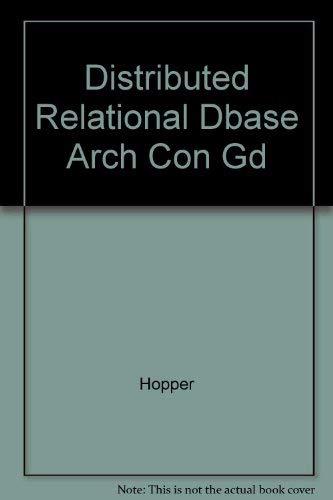Question
Write 4 functions that will complete the program. First 2 functions I already wrote program will enter data into two single dimension arrays (no duplicate
Write 4 functions that will complete the program.
First 2 functions I already wrote
program will enter data into two single dimension arrays (no duplicate values in arrays)
program will find the union and intersection of the two arrays
program will display the union and intersection
No subscripts are permitted in any function for this program including the inputData and displayData functions. You must use pointers to access dynamically allocated arrays and to control loop termination.
Code given by professor
#include #include // header file required for dynamic allocation of memory using namespace std;
void inputData(short *data, short size); // function to enter data into the array void displayData(short *data, short size); // function to display data in an array void get_union(short *set1, short size1, short *set2, short size2, short *union_array, short size_union); short *get_intersection(short *set1, short size1, short *set2, short size2, short *intersection, short size_intersection);
int main() { short *set1, size1, // first data set and size; do not put duplicate values in the data set *set2, size2, // second data set and size *union_array, size_union, // array to store the union of the two sets *intersection, size_intersection; // array to store the intersection of the two sets cout<<"Program will find the union and intersection of two sets of data "; cout<<"enter the number of values to store in the data set 1 or zero to terminate the program "; cin>>size1; while(size1) // loop to permit user to test many data sets { set1 = new(nothrow)short[size1]; // test pointer to verify memory was allocated if(!set1) { cout<<"Memory allocation error, program will terminate "; system("pause"); exit(0); } inputData(set1, size1); // print the contents of the array cout<<" there are "<
void inputData(short *data, short size) // function to enter data into the array
{
short count=1;
short *end=(data+size);
for( ;data { cout<<"Enter Number "< cin>>*data; cout< } } void displayData(short *data, short size) // function to display data in an array { short count; short *end=(data+size); for(;data { cout<<"Number "< } } void get_union(short *set1,short size1,short *set2,short size2,short *union_array,short size_union) // look at call statement to assist in completing this statement { } short *get_intersection(short *set1, short size1, short *set2, short size2, short *intersection, short size_intersection) // look at call statement to assist in completing this statement { }
Step by Step Solution
There are 3 Steps involved in it
Step: 1

Get Instant Access to Expert-Tailored Solutions
See step-by-step solutions with expert insights and AI powered tools for academic success
Step: 2

Step: 3

Ace Your Homework with AI
Get the answers you need in no time with our AI-driven, step-by-step assistance
Get Started


